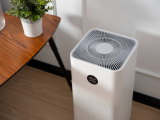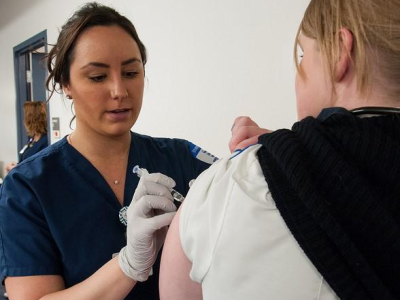A case series describes 41 US children with influenza-related acute necrotizing encephalopathy (ANE) that killed 27% of them—despite receiving multiple treatments and most of them being previously healthy—during the 2023-24 and 2024-25 respiratory virus seasons.
For the study, published yesterday in JAMA, the Influenza-Associated Acute Necrotizing Encephalopathy Working Group assessed the clinical characteristics, interventions, and outcomes of children with flu-related ANE, a type of brain damage, at 23 US hospitals.
The team issued a call for cases through academic societies, public health agencies, and pediatric specialists at 76 US academic centers, requesting information on ANE patients treated from October 2023 to May 2025. Most (76%) children (median age, 5 years; 23 girls) were previously healthy, 12% had complex medical conditions, and only 16% of the 38 patients with an available vaccination history had been vaccinated against flu that year.
ANE causes brain swelling and an outsized immune response. "Acute necrotizing encephalopathy (ANE) is a rare, but severe, neurologic condition for which epidemiologic and management data remain limited," the researchers wrote. "During the 2024-2025 US influenza season, clinicians at large pediatric centers anecdotally reported an increased number of children with influenza-associated ANE, prompting this national investigation."
Two thirds had moderate to severe disability at follow-up
The most common symptoms were fever (93%) and seizures (68%). Thirty-nine patients (95%) had influenza A (14 with H1N1, 7 with H3N2, and 18 with unknown subtype) and 2 had influenza B. Laboratory findings were elevated liver enzymes (indicating liver disease; 78%), thrombocytopenia (low blood platelets; 63%), and elevated cerebrospinal fluid protein (indicating a problem in the central nervous system; 63%).
Fifteen of 32 patients (47%) who underwent genetic testing carried mutations that may be related to a higher risk for ANE.
Most patients received multiple immunomodulatory treatments, including the corticosteroid methylprednisolone (95%), intravenous immunoglobulin antibodies (66%), the immunosuppressive drug tocilizumab (51%), plasmapheresis (32%), the immunosuppressive drug anakinra (5%), and intrathecal methylprednisolone (5%).
Most patients (85%) were intubated, 51% had hemodynamic instability, and 24% had acute kidney injury. Median intensive care unit and hospital lengths of stay were 11 and 22 days, respectively. Eleven patients (27%) died a median of 3 days from symptom onset, primarily from cerebral herniation (91%).
Of the 41 children, 27% died within 3 days after symptom onset, 91% of them from cerebral herniation; only 1 had been vaccinated against flu. In total, 63% had moderate to severe disabilities at 90-day follow-up. Of the 30 survivors, 19 regained the ability to sit, 16 could stand without assistance, and 13 could walk independently.
Rapid treatment key to survival
The best approach to ANE is seasonal flu vaccination, which also helps prevent other complications of infection, co-senior author Kevin Van Haren, MD, of Stanford Medicine, said in a Stanford news release.



















